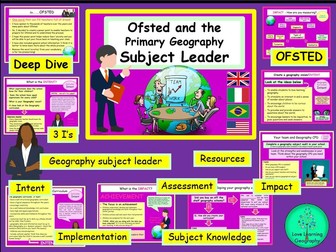
Great Explorers: Christopher Columbus and Ibn Battuta!
Within this varied, interesting, and engaging lesson, students aim to build their knowledge of two of history’s most famous explorers: Christopher Columbus and Ibn Battuta. Students utilise their independent learning skills to research the two travelers, utilise map-reading and geographical skills to improve their knowledge of their journeys, and draw comparisons and contrasts between the two.
The lesson follows a clear and logical learning journey, which requires students to:
- Consider the skills and characteristics required to be a learner, and apply them to real life contexts;
- Share what they already know about the two explorers, and use their curiosity to devise new questions about them;
- Employ their independent learning skills to find out the key events and journeys in the lives of the two explorers;
- Plot the locations of their expeditions on a world map, and consider questions about their journeys based upon what they see;
- Compare and contrast the key features of each explorer, using connectives and key facts;
- Peer assess each others' learning using the simple but appropriate success criteria.
Included in this lesson are:
- Comprehensive, informative, whole-lesson PowerPoint presentation;
- Helpful recording template for the research task;
- World map for tracking their expeditions, with questions as an extension task;
- Helpful and thorough teacher guidance/ lesson plan document, to assist implementation;
- Cut-out copies of the learning objectives, to save time in the lesson.
All images are licensed for commercial use, and are cited on the final slide.












